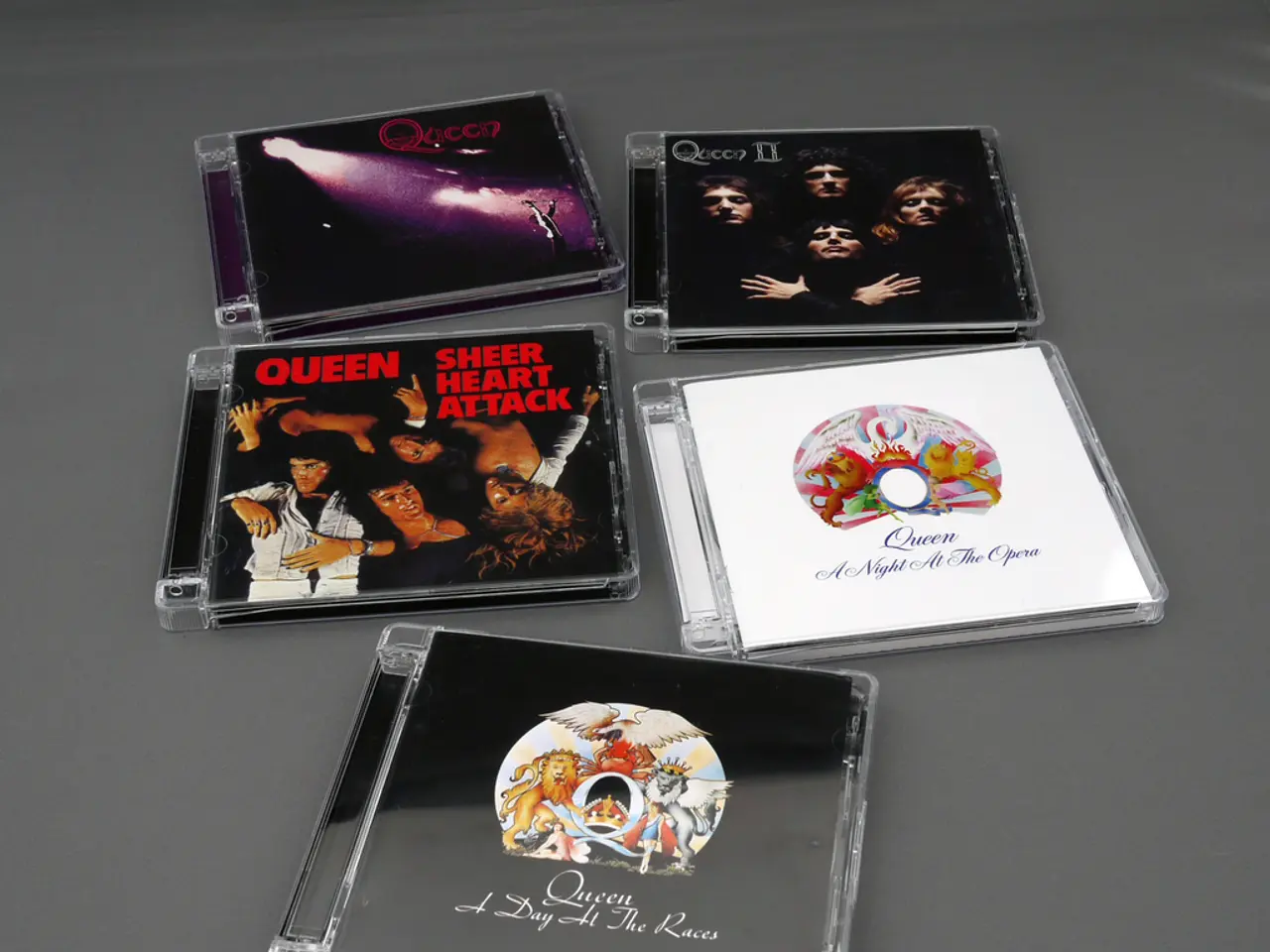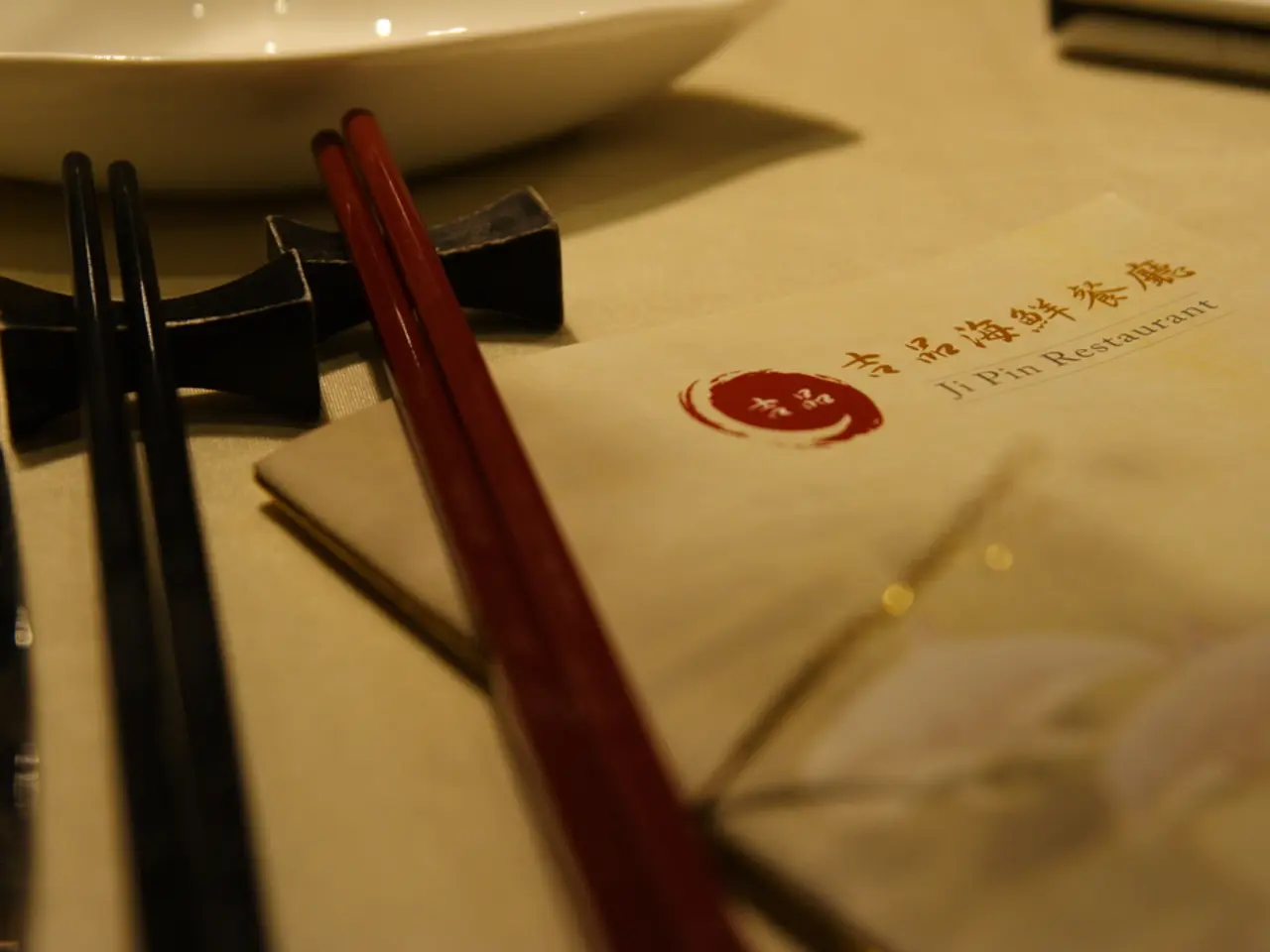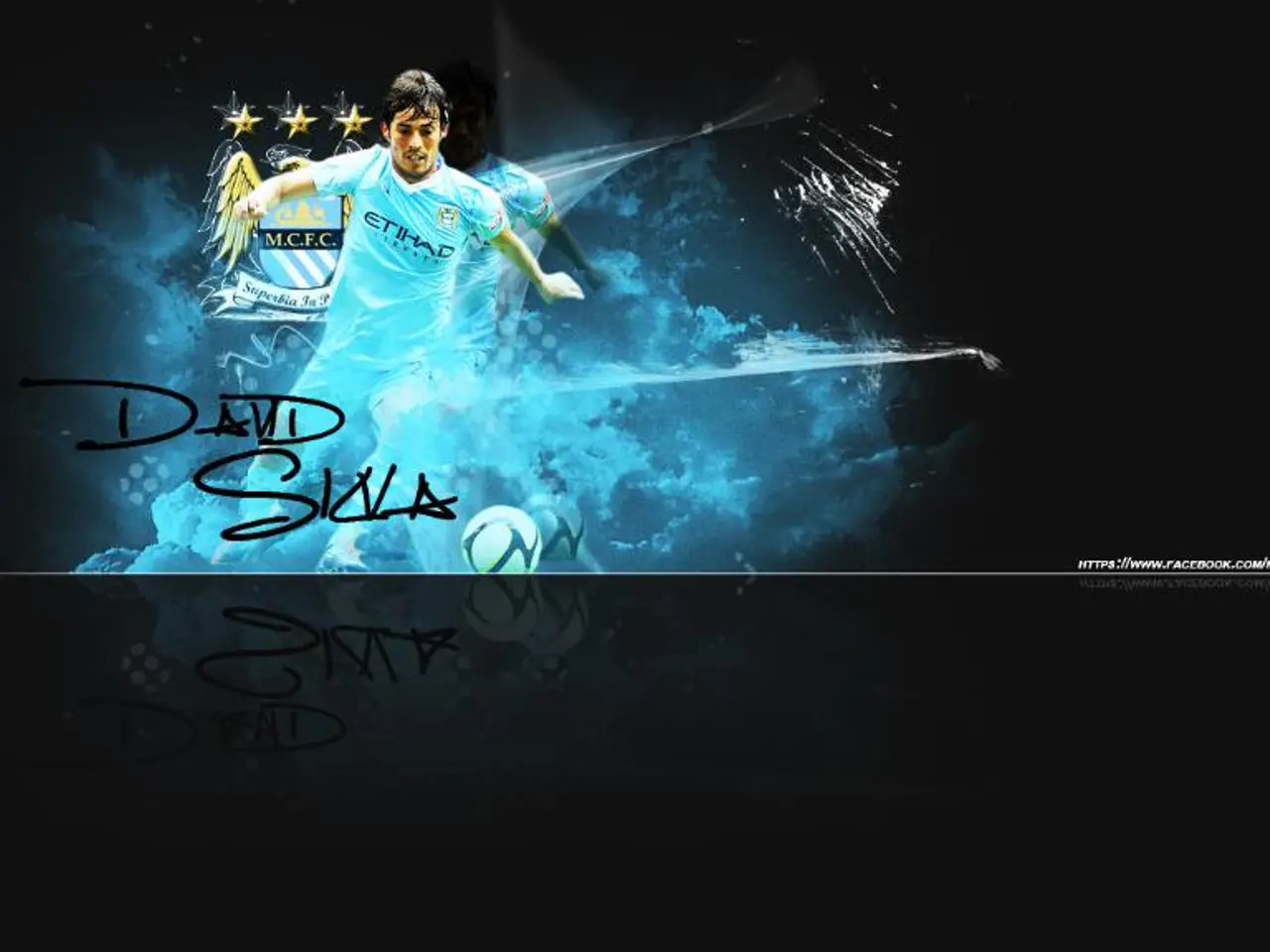Top Album Releases, Exclusively Rated
The British neo-punk band The Cure, renowned for their eclectic music that spans from the exuberance of '80s power pop to their signature melancholy, has produced an impressive discography of 14 studio albums. Among these, three albums stand out as significant milestones in the evolution of their sound.
**Seventeen Seconds (1980)**
This album marked The Cure's first definitive move into their signature style, characterized by minimalist instrumentation, heavy, pulsing bass lines, and a dark, atmospheric tone. The album set the foundation for their early gothic and post-punk aesthetic, establishing a "gloomy groove" that deeply influenced their legacy. Key tracks like "A Forest" became emblematic of this phase, reflecting The Cure’s emerging style of haunting, moody music with barebones instrumentation.
**The Head On The Door (1985)**
Considered a pivotal album in The Cure’s transition, this record blends their earlier post-punk darkness with more accessible pop elements. It is significant because it laid the foundation for the band’s evolution from cult post-punk figures to bona fide pop stars, showcasing their eclecticism and inventiveness. The album balances crushing doom with uplifting whimsy — tracks that are both catchy and lyrically dark — which helped broaden their appeal while maintaining artistic integrity. It is often viewed as a pop masterpiece that captures the band’s dual nature and versatility.
**Disintegration (1989)**
This album represents perhaps The Cure’s most acclaimed and influential work, marking a conscious retreat from pop toward doom-laden introspection and richly textured soundscapes. It is a sprawling epic of melancholy and synth-driven introspection, merging the band’s pop sensibilities with intense emotional depth. Critically praised and commercially successful, Disintegration elevated The Cure to mainstream stardom, particularly in the US, and has been described as leisurely and monumental with slow tempos gliding like ocean liners. It is significant for its profound emotional resonance and sonic depth, often seen as the culmination of the band’s artistic maturity.
Over the years, The Cure has contributed an uncompromising sound to the canon of late-20th century rock. Originating from Crawley in the 1970s, the band is known for semi-spoken lyrics and grumbling bass lines. The band's music has inspired a wide range of reactions from people, with their discography including a variety of styles that continue to inspire a huge range of reactions.
Recently, The Cure made headlines with the release of a new album remixing hits from their 2020 critical smash, Songs of a Lost World. Moreover, the lead singer of The Cure, Robert Smith, made a guest appearance at Glastbury alongside Olivia Rodrigo, further cementing The Cure's enduring influence in the music industry.
- GQ recommends delving into The Cure's discography, particularly the albums Seventeen Seconds (1980), The Head on the Door (1985), and Disintegration (1989), to grasp the evolution of their influence on pop-culture, style, and music.
- The Cure's eclectic music, spanning from the exuberance of '80s power pop to the melancholy of Seventeen Seconds (1980) and Disintegration (1989), has earned them a place in both pop-culture and the world of entertainment, reflecting their unique fusion of culture and sound.
- As pioneers in the gothic and post-punk aesthetic, The Cure's signature style, showcased in their albums like Seventeen Seconds (1980) and Disintegration (1989), have set the stage for a generation of musicians, pulling weeds and redefining melancholy in music.








